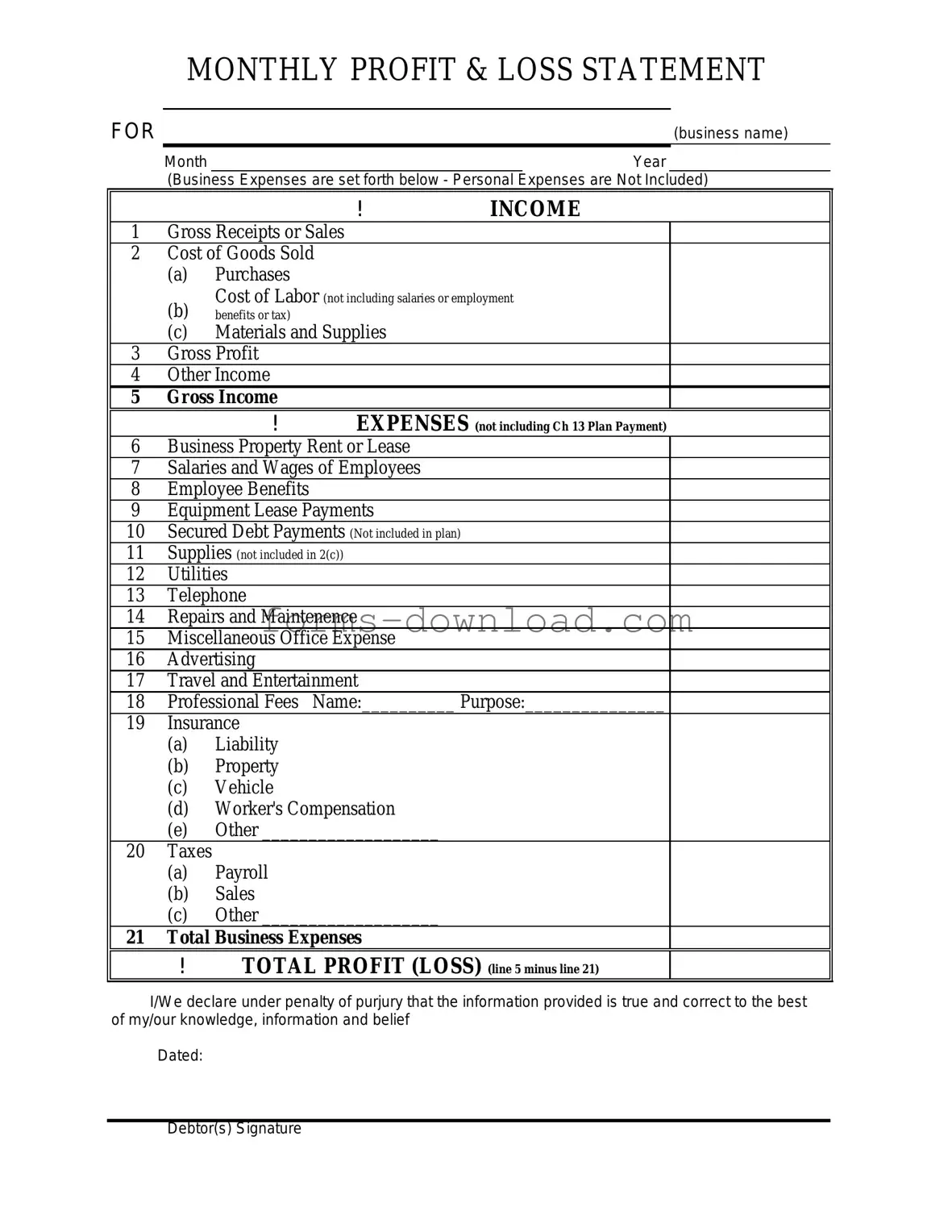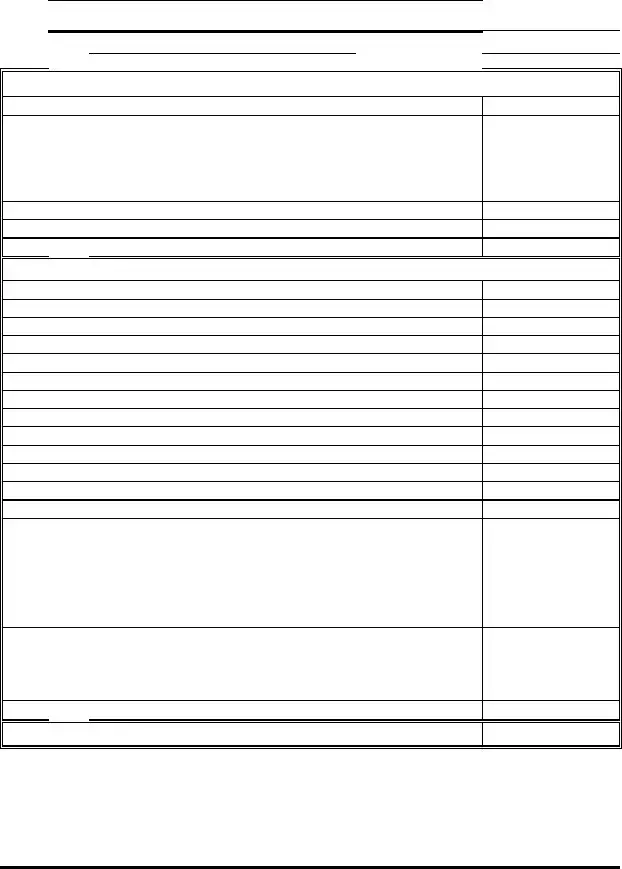Blank Profit And Loss Form
The Profit and Loss form, often referred to as an income statement, is a financial document that summarizes revenues, costs, and expenses over a specific period. It provides a clear picture of a business's financial performance, helping stakeholders understand profitability and operational efficiency. Ready to take control of your financial insights? Fill out the form by clicking the button below!
Launch Editor Now

